
A thought experiment is a hypothetical situation in which a hypothesis, theory, or principle is laid out for the purpose of thinking through its consequences. The concept is also referred to as Gedankenexperimente within the work of Ernst Mach and includes thoughts about what may have occurred if a different course of action were taken as opposed to what did in fact occur. The importance of this ability is that it allows us to imagine what may occur in the future, as well as the implication of alternate courses of action.
Science education is the teaching and learning of science to school children, college students, or adults within the general public. The field of science education includes work in science content, science process, some social science, and some teaching pedagogy. The standards for science education provide expectations for the development of understanding for students through the entire course of their K-12 education and beyond. The traditional subjects included in the standards are physical, life, earth, space, and human sciences.
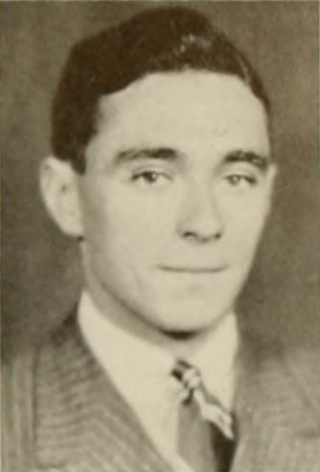
Jerome Seymour Bruner was an American psychologist who made significant contributions to human cognitive psychology and cognitive learning theory in educational psychology. Bruner was a senior research fellow at the New York University School of Law. He received a BA in 1937 from Duke University and a PhD from Harvard University in 1941. He taught and did research at Harvard University, the University of Oxford, and New York University. A Review of General Psychology survey, published in 2002, ranked Bruner as the 28th most cited psychologist of the 20th century.
Critical thinking is the analysis of available facts, evidence, observations, and arguments in order to form a judgement by the application of rational, skeptical, and unbiased analyses and evaluation. The application of critical thinking includes self-directed, self-disciplined, self-monitored, and self-corrective habits of the mind, thus a critical thinker is a person who practices the skills of critical thinking or has been trained and educated in its disciplines. Richard W. Paul said that the mind of a critical thinker engages the person's intellectual abilities and personality traits. Critical thinking presupposes assent to rigorous standards of excellence and mindful command of their use in effective communication and problem solving, and a commitment to overcome egocentrism and sociocentrism.

Problem-based learning (PBL) is a student-centered pedagogy in which students learn about a subject through the experience of solving an open-ended problem found in trigger material. The PBL process does not focus on problem solving with a defined solution, but it allows for the development of other desirable skills and attributes. This includes knowledge acquisition, enhanced group collaboration and communication.

Experiential education is a philosophy of education that describes the process that occurs between a teacher and student that infuses direct experience with the learning environment and content. The term is not interchangeable with experiential learning; however experiential learning is a sub-field and operates under the methodologies of experiential education. The Association for Experiential Education regards experiential education as "a philosophy that informs many methodologies in which educators purposefully engage with learners in direct experience and focused reflection in order to increase knowledge, develop skills, clarify values, and develop people's capacity to contribute to their communities". Experiential education is the term for the philosophy and educational progressivism is the movement which it informed. The Journal of Experiential Education publishes peer-reviewed empirical and theoretical academic research within the field.
Scenario planning, scenario thinking, scenario analysis, scenario prediction and the scenario method all describe a strategic planning method that some organizations use to make flexible long-term plans. It is in large part an adaptation and generalization of classic methods used by military intelligence.
Futurists are people whose specialty or interest is futurology or the attempt to systematically explore predictions and possibilities about the future and how they can emerge from the present, whether that of human society in particular or of life on Earth in general.
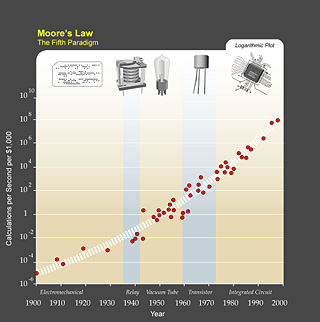
Futures studies, futures research, futurism, or futurology is the systematic, interdisciplinary and holistic study of social/technological advancement, and other environmental trends; often for the purpose of exploring how people will live and work in the future. Predictive techniques, such as forecasting, can be applied, but contemporary futures studies scholars emphasize the importance of systematically exploring alternatives. In general, it can be considered as a branch of the social sciences and an extension to the field of history. Futures studies seeks to understand what is likely to continue and what could plausibly change. Part of the discipline thus seeks a systematic and pattern-based understanding of past and present, and to explore the possibility of future events and trends.
Futures techniques used in the multi-disciplinary field of futurology by futurists in Americas and Australasia, and futurology by futurologists in EU, include a diverse range of forecasting methods, including anticipatory thinking, backcasting, simulation, and visioning. Some of the anticipatory methods include, the delphi method, causal layered analysis, environmental scanning, morphological analysis, and scenario planning.
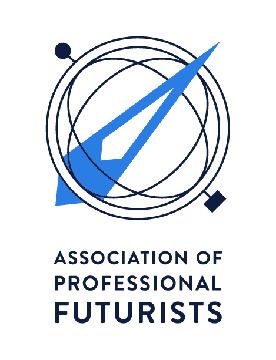
The Association of Professional Futurists (APF) was founded in 2002 to validate the competencies of emerging futurists. As analysts, speakers, managers or consultants, APF's credentialed members cultivate strategic foresight for their organizations and clients. APF represents the professional side of the futures movement, while groups such as the World Futures Studies Federation, the World Future Society or The Millennium Project, represent its academic, popular, and activists expressions, respectively.
Design methods are procedures, techniques, aids, or tools for designing. They offer a number of different kinds of activities that a designer might use within an overall design process. Conventional procedures of design, such as drawing, can be regarded as design methods, but since the 1950s new procedures have been developed that are more usually grouped together under the name of "design methods". What design methods have in common is that they "are attempts to make public the hitherto private thinking of designers; to externalise the design process".
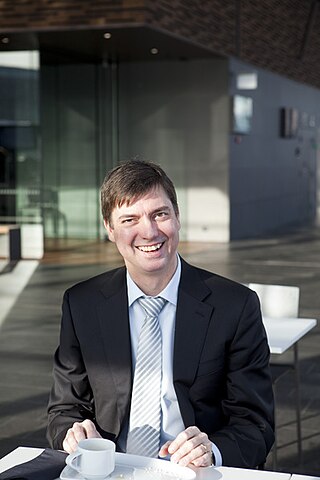
Mika Aaltonen is a Finnish futurologist and former footballer. His position was an attacking central midfielder. He also played for the Finnish national team. Aaltonen is a Ph.D. in economics, associate professor, founder of the Royal Society of Arts Helsinki Chapter, editorial board member of European Foresight Journal, and editorial board member of E:CO.

Antioch University New England is a private graduate school located in Keene, New Hampshire, United States. It is part of the Antioch University system, a private, non-profit, 501(c)(3) institution that includes campuses in Seattle, Washington; Los Angeles, California; and Santa Barbara, California. It is accredited by the Higher Learning Commission. The most well-known campus was Antioch College in Yellow Springs, Ohio, which is now independent of the Antioch University system.
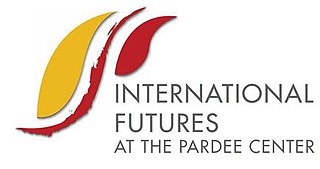
International Futures (IFs) is a global integrated assessment model designed to help with thinking strategically and systematically about key global systems. It is housed at the Frederick S. Pardee Center for International Futures. Initially created by Barry B. Hughes of the Josef Korbel School of International Studies at the University of Denver in Colorado, the model is free for public use in both its online and downloadable forms.
David Passig is an Israeli futurist. He specializes in technological, social, and educational futures. He is a full professor at the Bar-Ilan University in Israel. He heads the Graduate Program in Information and Communication Technology and the Virtual Reality Laboratory at the Faculty of Education.
The following outline is provided as an overview of and topical guide to futures studies:
Science fiction prototyping (SFP) refers to the idea of using science fiction to describe and explore the implications of futuristic technologies and the social structures enabled by them. Similar terms are design fiction, speculative design, and critical design.
Jerome C. Glenn is a futurist who serves as the executive director of the Millennium Project. He has been the executive director of the American Council for the United Nations University (1988–2007) and the deputy director of Partnership for Productivity International.
Andy Hines is an American futurist, head of graduate studies in Foresight at the University of Houston, and author of several books on strategic foresight. Hines is a professional futurist, co-creator of the framework foresight method, Assistant Professor and Program Coordinator of the Graduate Program in Foresight at the University of Houston, Principal of foresight consulting firm Hinesight, and former organizational futurist at Kellogg Company and Dow Chemical. He has written extensively on futures studies, strategic foresight, foresight research methods, the role of organizational futurists, and the consumer landscape.









